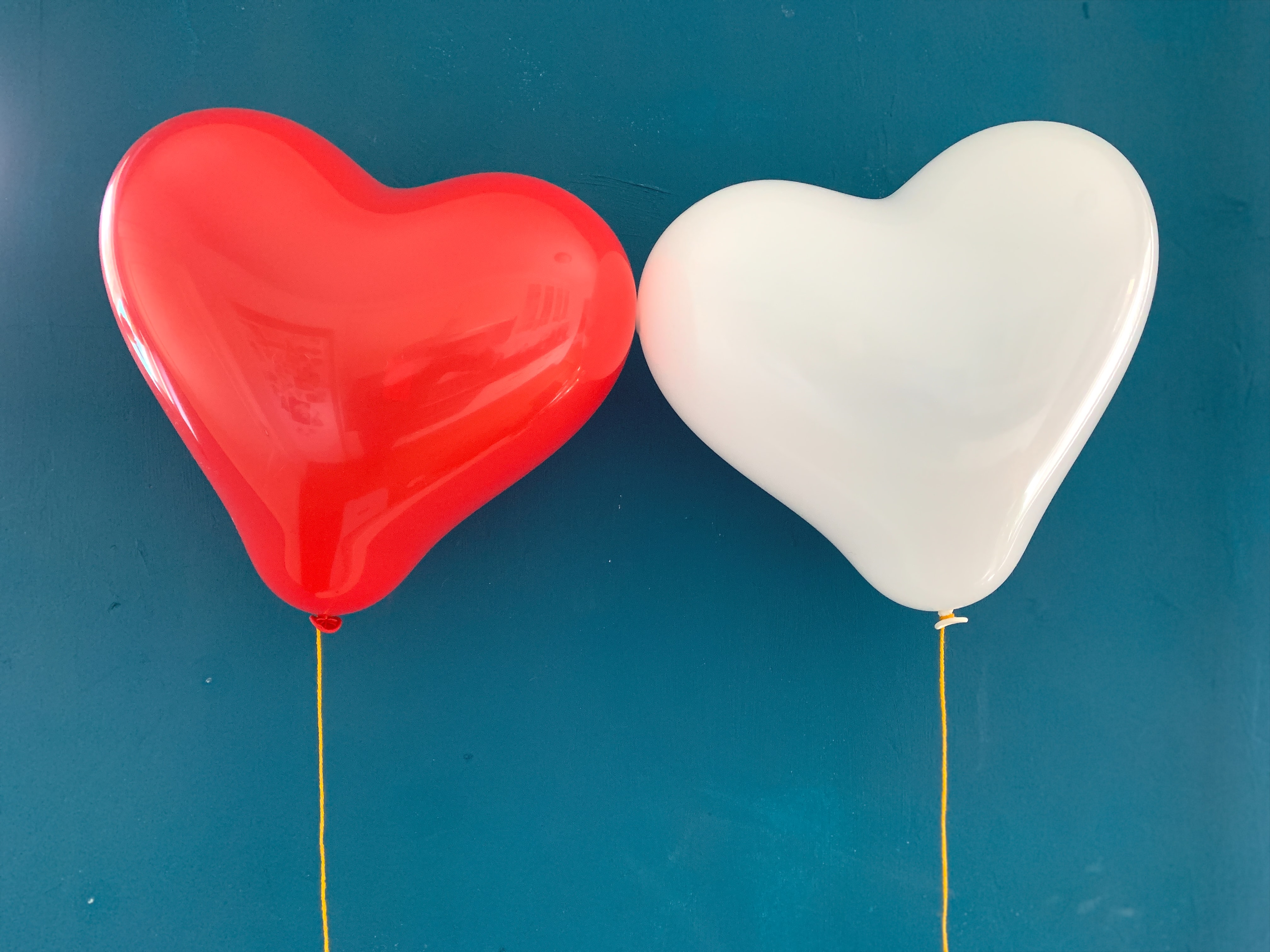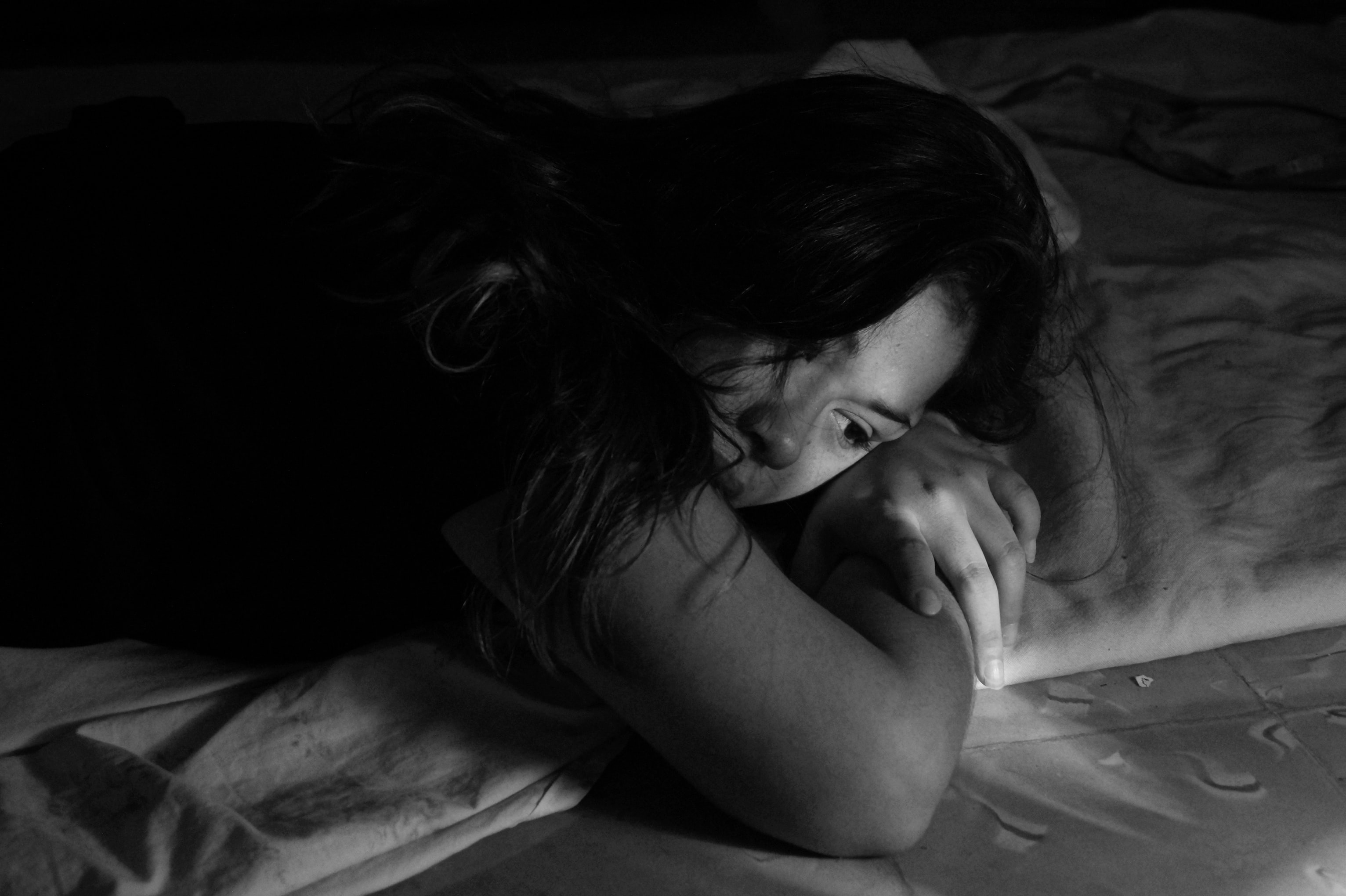Why Is It Important to Understand Your Own Attachment Style?

Selecting a partner with a compatible attachment style is key to long-term relationship satisfaction. Understanding your own attachment style will help you to recognise patterns of behaviour - especially those that have proven unhelpful in the past - and lead to greater dating success.
Attachment styles in relationships
Do you keep getting involved with people who are ‘bad’ for you? Perhaps you’ve found yourself in relationships that turn toxic, or leave you unsure where you stand. If your default is to desire space when someone shows you affection, or you’re constantly craving a greater level of closeness, it could be you’re making the wrong personality matches for your attachment style. And this could be the reason why dating isn't working for you.
Adult attachment styles
So where do our attachment styles originate? The way we relate and the choices we make in our adult relationships often have much to do with our formative experiences during childhood. Armed with this knowledge and a little self-reflection, you’ll be able to identify the kinds of matches who can give you what you need and vice versa. But first, you need to understand your own attachment style and those of others…
Avoidant attachment style
A need for autonomy and independence marks this attachment type. They may present as being super keen intially, then suddenly withdraw as the couple goes deeper. This can result in ‘on again, off-again’ relationships, particularly when the other partner tries to progress the connection, or chases when the avoidant backs off. Avoidant types may be reluctant to show physical affection - especially PDAs - and keep partners at arm's length.

Fearful avoidant attachment
This is a subcategory of the avoidant attachment style and stems from a fear of vulnerability. They want closeness, but are scared of what that entails, believing they’ll ultimately be rejected. This manifests in unpredictability and heightened emotions. Two avoidants can date, however, the relationship will remain distant.
Anxious attachment style
Those with this attachment style will typically find themselves worrying a lot about the relationship and doubting the other person’s feelings. And when they do, will attempt to draw closer in a bid for reassurance. This can result in very frequent messaging, inquiring about what the other person is doing or thinking, suspicion, asking about exes and wanting a lot of physical closeness. These actions can lead to them being viewed as needy, especially by avoidants, who will quickly back off and feel smothered. Anxious people can successfully pair with another anxious type, although this is likely to become a co-dependent relationship if both remain anxious. However, once in a committed, loving relationship and with a little work, the anxious person can transition into becoming secure.
Anxious attachment triggers
The avoidant heightens the anxious person’s insecurity, leading them to lean further into their behaviours, thus perpetuating the dynamic. Avoidants may enjoy the anxious type’s level of investment at first. However, they inevitably retreat, triggering the other person’s anxiety. The two then get trapped in a stormy or emotional cat and mouse scenario, exacerbating one another’s behaviours further. This can cause the mental health of each to deteriorate, if not kept carefully in check. Avoidant and anxious types can find themselves single more frequently, as they can both in their own ways, push others away or struggle to find a suitable mate.

Secure attachment style
This attachment style can date both anxious and avoidant types (as well as their own). They have an innate sense of trust, but will let go of people who don’t treat them well - because they have confidence they’ll find someone else. Secure types are able to choose well; without the haze that insecurity and avoidance brings, they can see clearly who may be wrong or right for them. This means that secure people often choose partners with relative ease and stick with them. So they appear in the dating pool less frequently.
What are signs of secure attachment?
Secure types can be recognised as steady, emotionally reliable, consistent and dependable. It doesn’t mean they are faultless (or boring), but they won’t panic or run at the first sign of conflict, but will work through problems in a level-headed manner. Secure types don’t play games or leave you feeling confused. And once they choose you as a partner, they’ll be in for the long haul with little or no drama. They can also make relationships work with people of every attachment type, so their field of choice is larger.
The healthiest attachment style
Secure individuals give the anxious person the reassurance they need along with healthy boundaries. Plus they are able to allow the avoidant their space, without seeing it as a personal slight. They may prefer to date someone they don’t have to reassure so often, or someone who affords more affection. But they won’t be put off by someone they really like because of these traits. Don’t be disheartened if you’re not secure. We are all products of our upbringing and genetics and can’t help having developed the attachment styles we have. But we can learn from them, make changes and choices that serve us better.
It’s pretty clear that secure attachment is the gold standard. But all of these attachment styles are on a spectrum. And the good news is, if you’re anxious or avoidant, you can work towards becoming more secure. It can be hard to change, especially until you find a committed, loving relationship though. So it’s vital to also hone in on singles with a complimentary attachment style to yours. Look for the signs and if you can foresee an attachment clash with someone, move on and keep searching for suitable singles. It’ll save you a lot of stress, tears, heartache and wasted years.
Related Questions
Can a relationship work with different attachment styles?
Yes! In fact, some attachment styles are complementary. However, the avoidant-anxious combination usually results in a stressful dynamic where both partners feel dissatisfied. So being vigilant in this can save you a lot of pain and help you to filter your search.
Can I have two attachment styles?
You can fluctuate between different styles, especially depending on who you’re dating. For example, an individual with a tendency toward anxiety may exhibit a very anxious attachment style when dating an avoidant. But when coupled with a secure individual may relax and slip into a more secure attachment style.